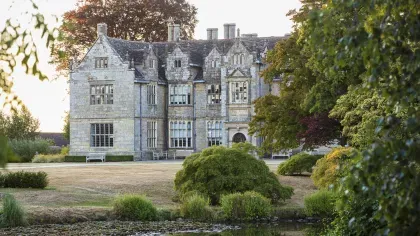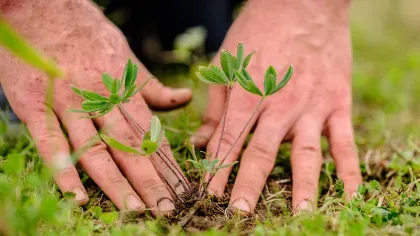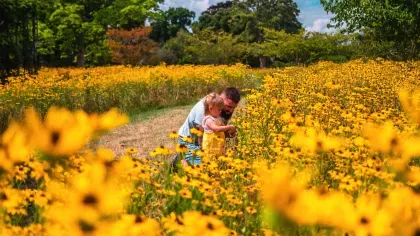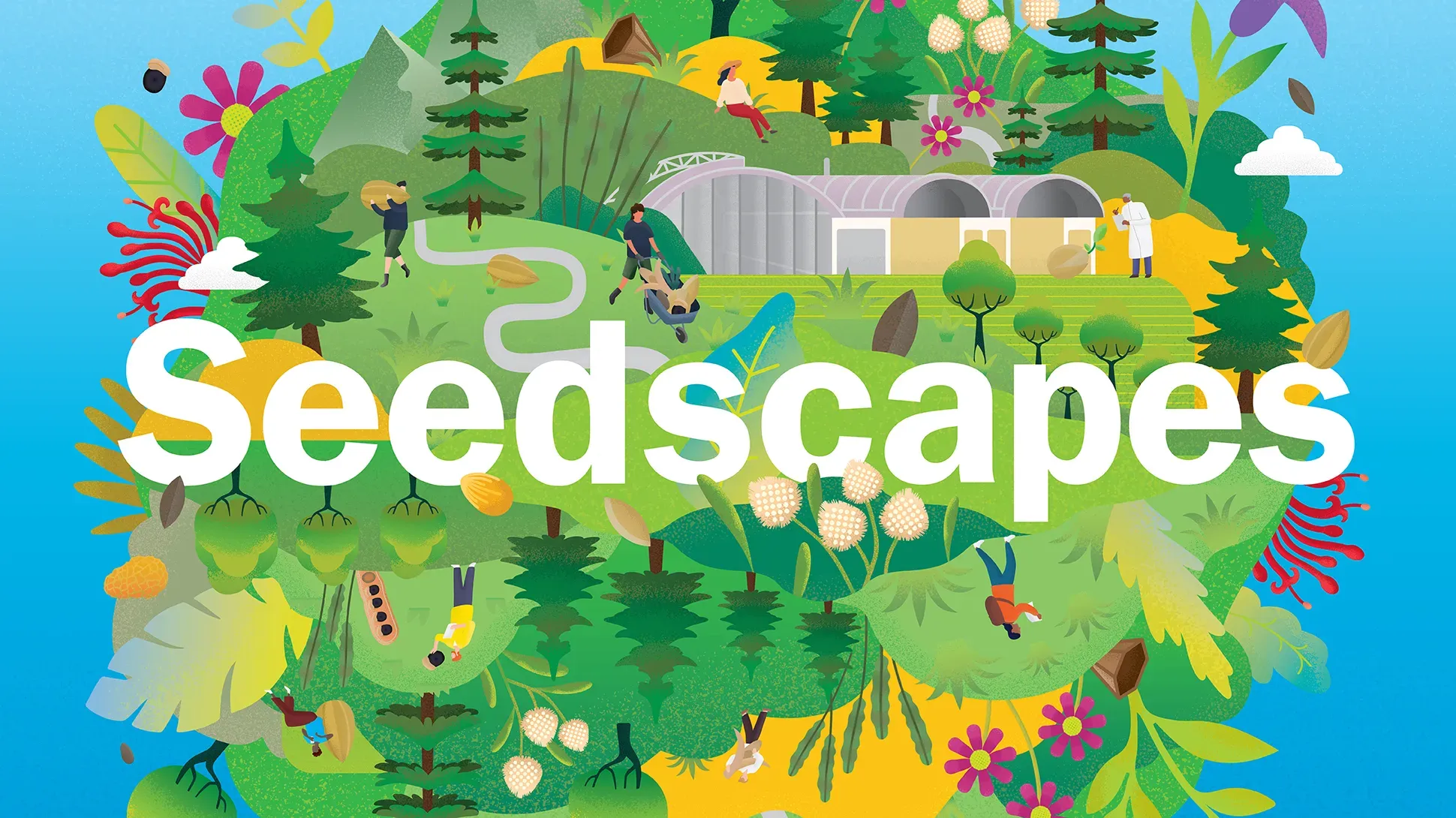5 August 2025
4 min read
What to spot on Wakehurst's American Prairie this summer
Discover the incredible species thriving in this spectacular six-acre landscape, and learn expert top tips on how to grow these prairie plants at home.

Wakehurst’s six-acre American Prairie, tucked a short stroll for the Elizabethan Mansion, forms one of the garden’s most ambitious horticultural projects of the last decade.
With fewer than 1% of tallgrass prairies remaining in the United States, this remarkable landscape in Sussex aims to raise awareness of this threatened habitat, whilst acting as a living experiment for climate-resilient gardening.
The making of a prairie
Now in its fifth year, the prairie started life as horticulturists and Millennium Seed Bank scientists travelled to the Midwest in 2019 to hand-collect native seeds.
A bespoke mix of plants including species such as little bluestem and purple coneflower was sown in 2020, with 50,000 nursery-raised plugs planted the following year. Towards the end of summer 2023, the prairie surprised everyone with a display of delicate purple smooth aster (Symphyotrichum laeve), and the following year, it was rattlesnake master (Eryngium yuccifolium) that reigned, with it's recognisable spiky heads and white flowers.
Now, the American Prairie flourishes into a new botanical spectacle each year, a vibrant demonstration of how diverse plant ecosystems can thrive with minimal inputs and maximum benefits for wildlife and soil health.

From the expert
Meet Jack Harrison, Wakehurst's Prairie Lead, and the brains behind the management and maintenance of the Prairie. He works closely with the Nursery team to select plants to be grown on the prairie, developing each area to showcase the best of this thriving ecosystem.
He shares the top species to spot on the prairie this summer, and how to care for them at home.
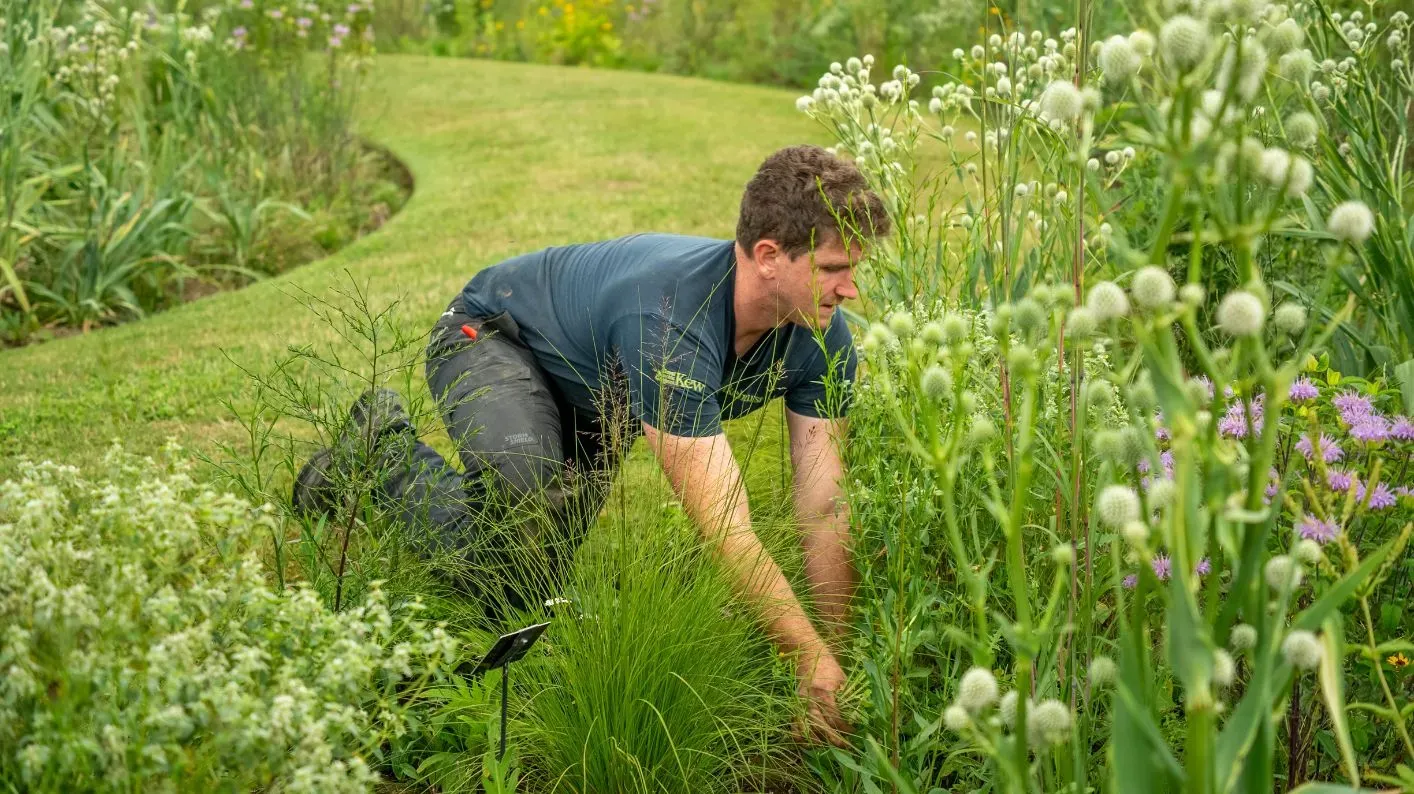
Black-eyed Susan (Rudbeckia hirta)
You’ll get months of cheerful yellow daisies with these cottage garden classics. Loved by pollinators and happy to self-seed if you let them, they’re perfect for adding long-lasting colour. Deadhead regularly to keep the flowers coming and sow in spring or autumn for best results.
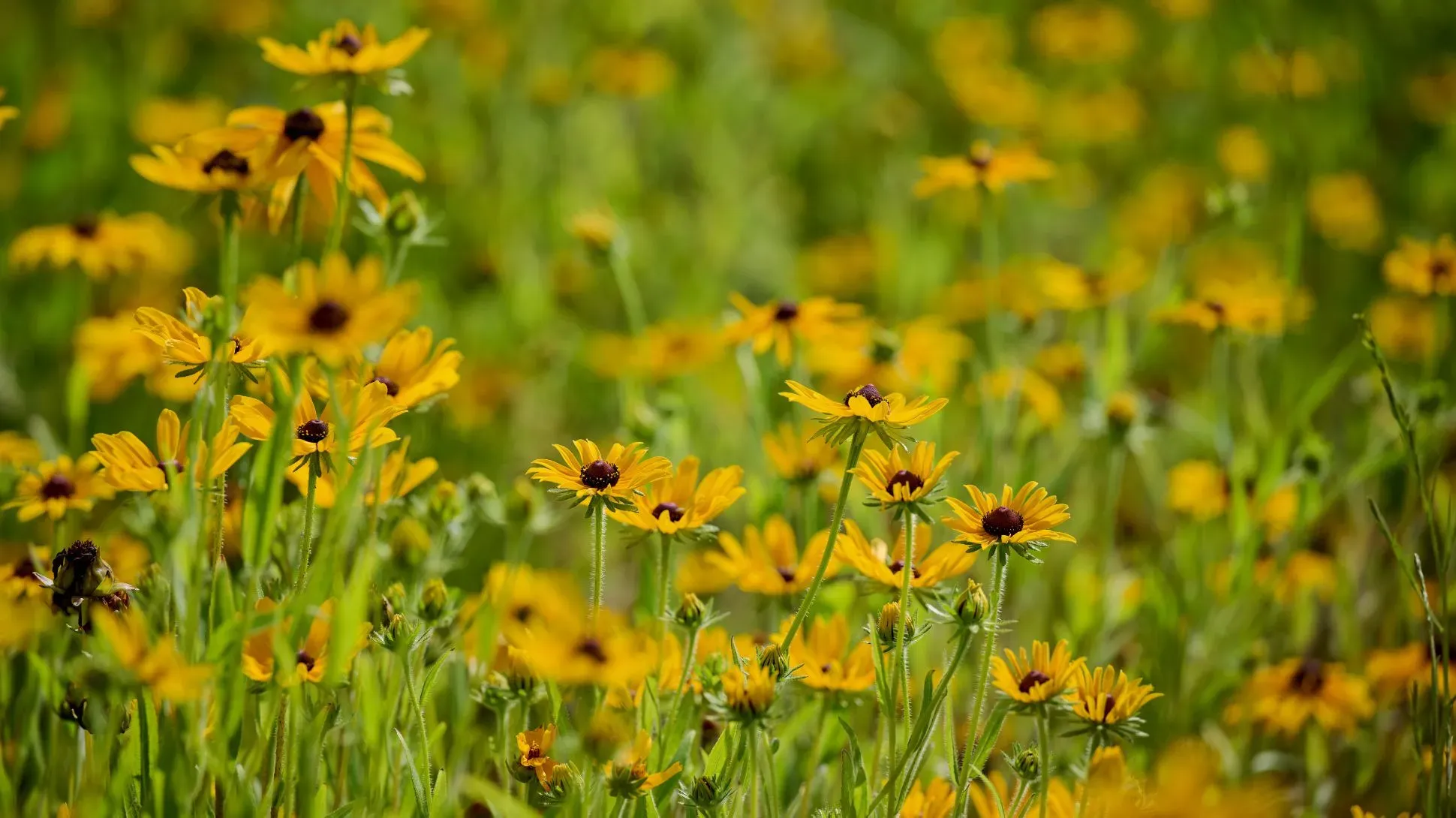
Big bluestem (Andropogon gerardii)
This tall prairie favourite is expected to grow up to eight feet at Wakehurst, with rich purple seed heads that catch the light beautifully. Nicknamed ‘Turkey Foot’, the flowering spike of this perennial grass resembles the tree toes of a turkey’s foot. It copes well with everything from moist to dry soil - even heavy clay and likes to be chopped back in winter to keep it healthy.
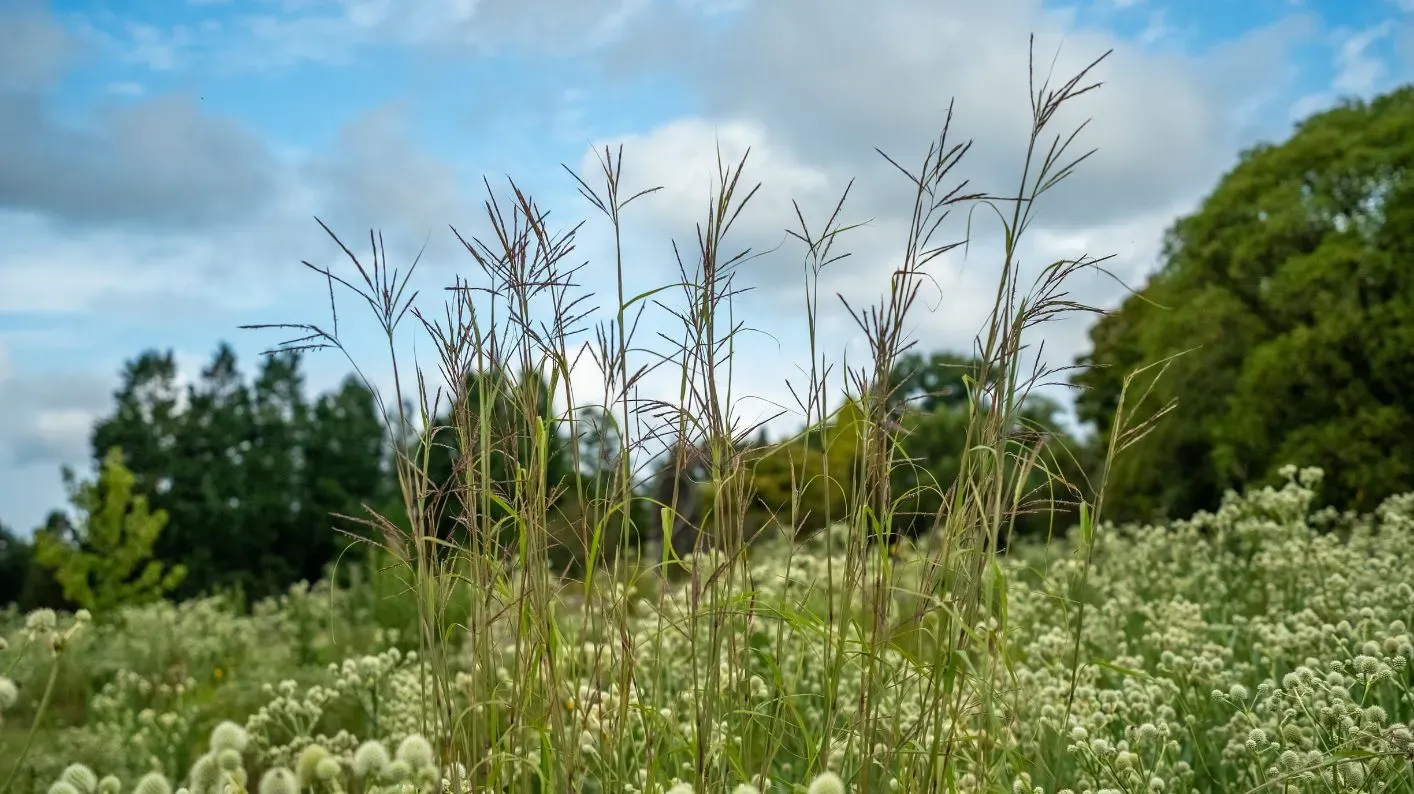
Little bluestem (Schizachyrium scoparium)
This graceful grass brings soft movement to your garden with its blue-green leaves that turn a glowing copper-orange in autumn. It’s perfect for sunny, dry spots and doesn’t mind being left alone. Just give it a divide every four to five years in spring to keep it looking its best.
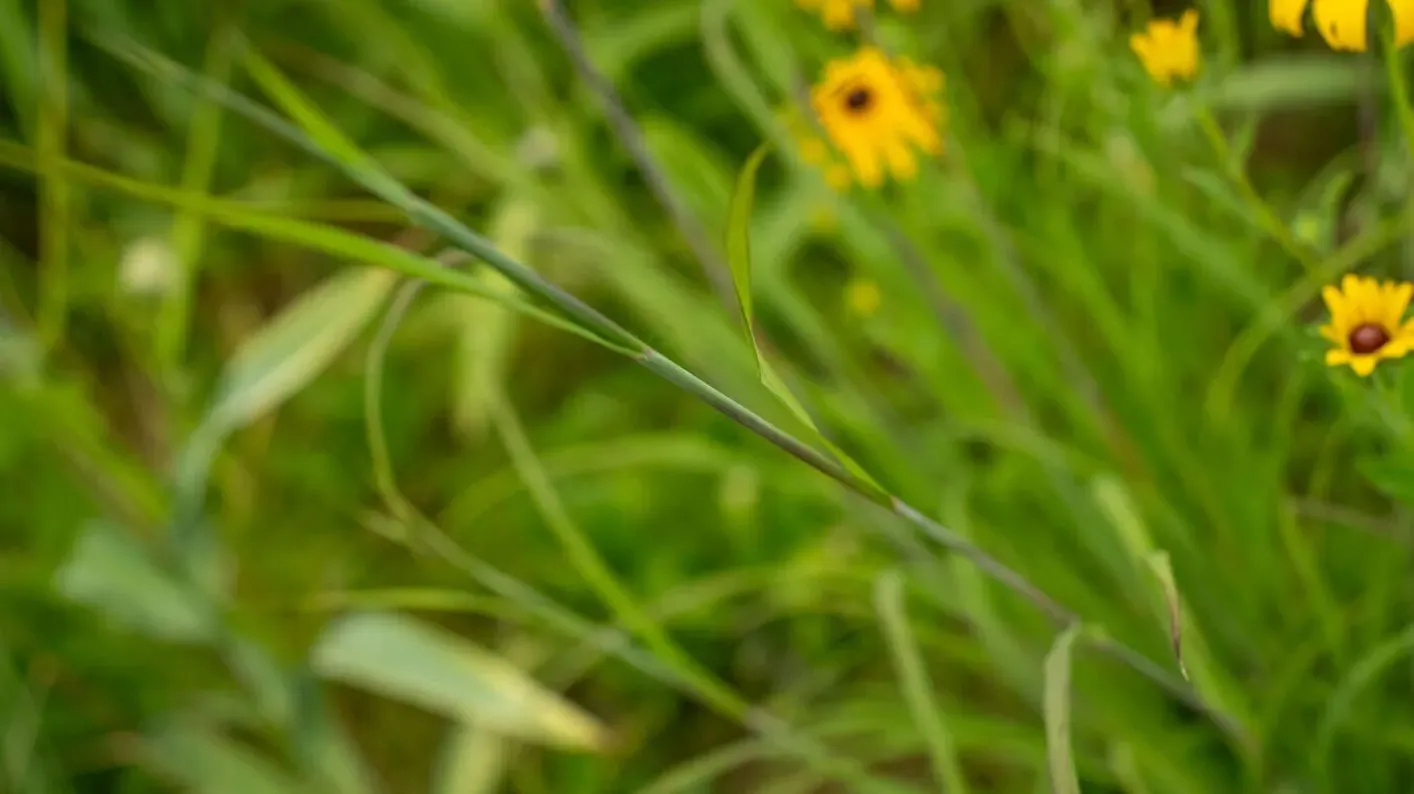
Tickseed (Coreopsis lanceolata)
A real summer star, tickseed offers golden blooms through the warmer months. It thrives in well-drained soil and shrugs off dry spells with ease. Snip off dead flowers to keep it blooming and give it a light autumn trim to tidy up the clumps.
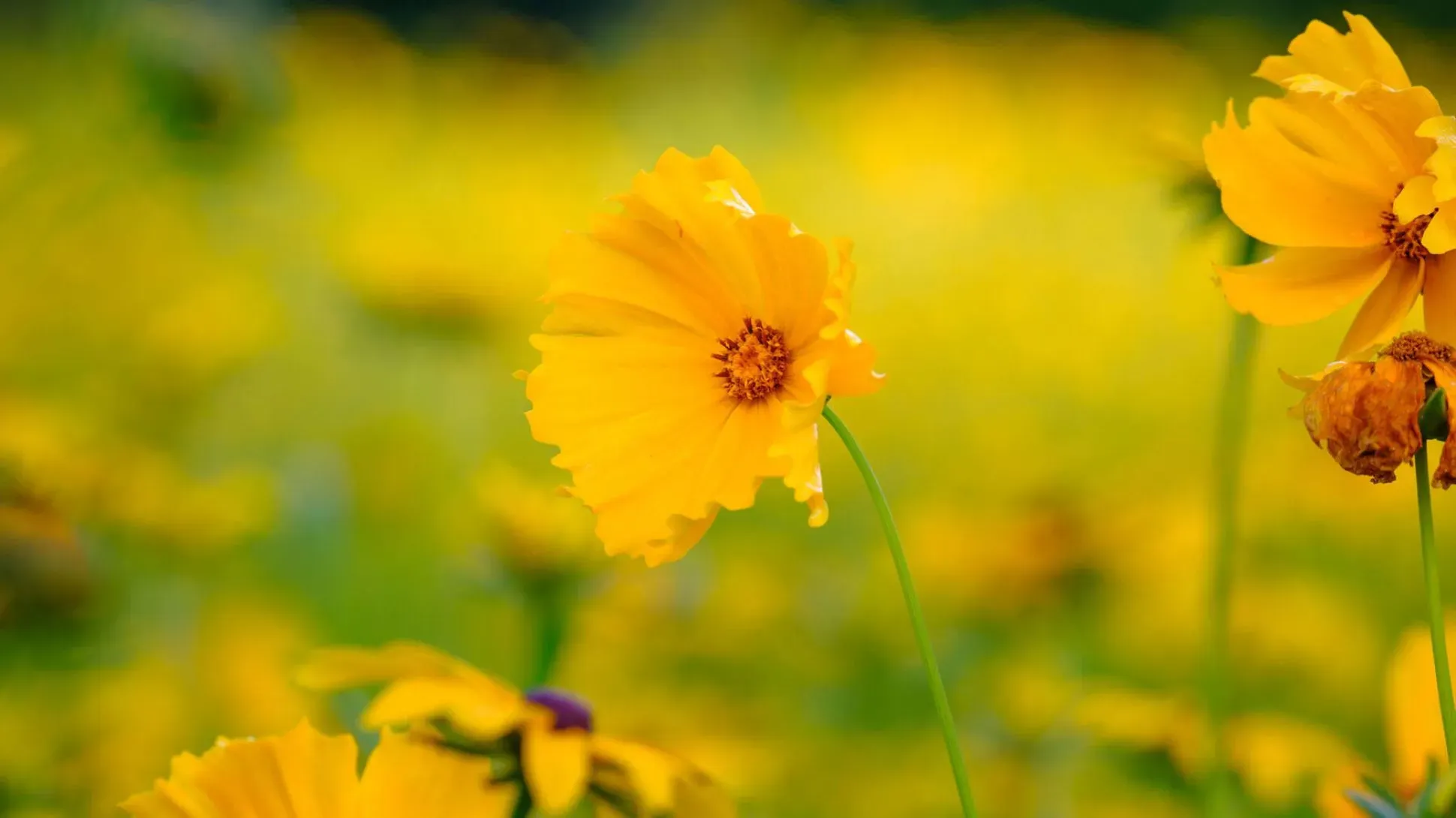
Pale purple coneflower (Echinacea purpurea)
This prairie essential is all about big colour and bold structure. The pink petals and orange cones are not only striking but loved by bees too. Plant it in fertile, well-drained soil and cut it back in late winter. Every few years, divide any overcrowded clumps to help it flourish.
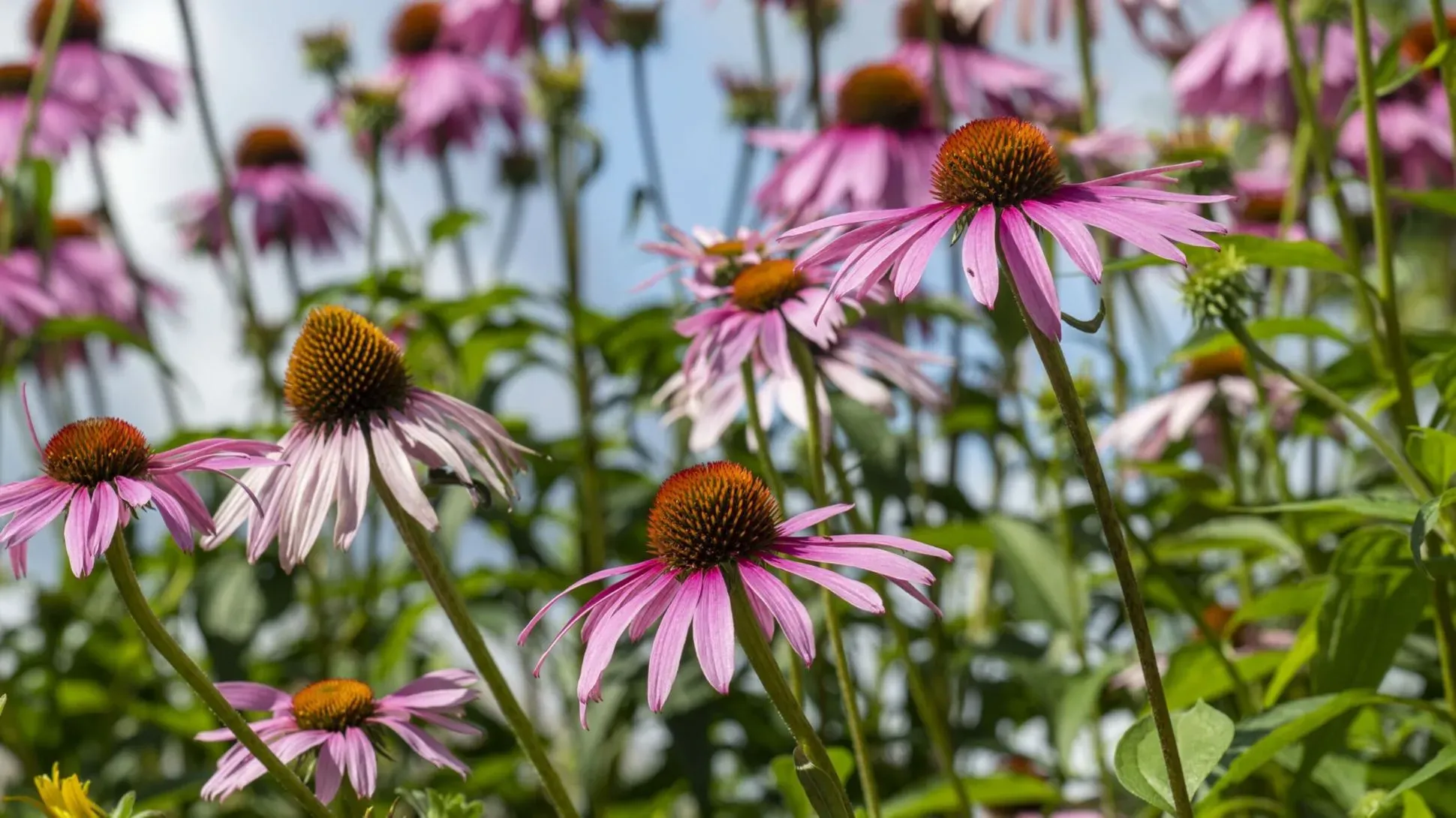
Wild lupine (Lupinus perennis)
With tall spires of soft purple and blue flowers, wild lupine adds a lovely wild feel to borders. It prefers sandy, slightly acidic soil and dislikes sitting in soggy ground. Plant around 30cm apart and stake if you're in a windy spot.
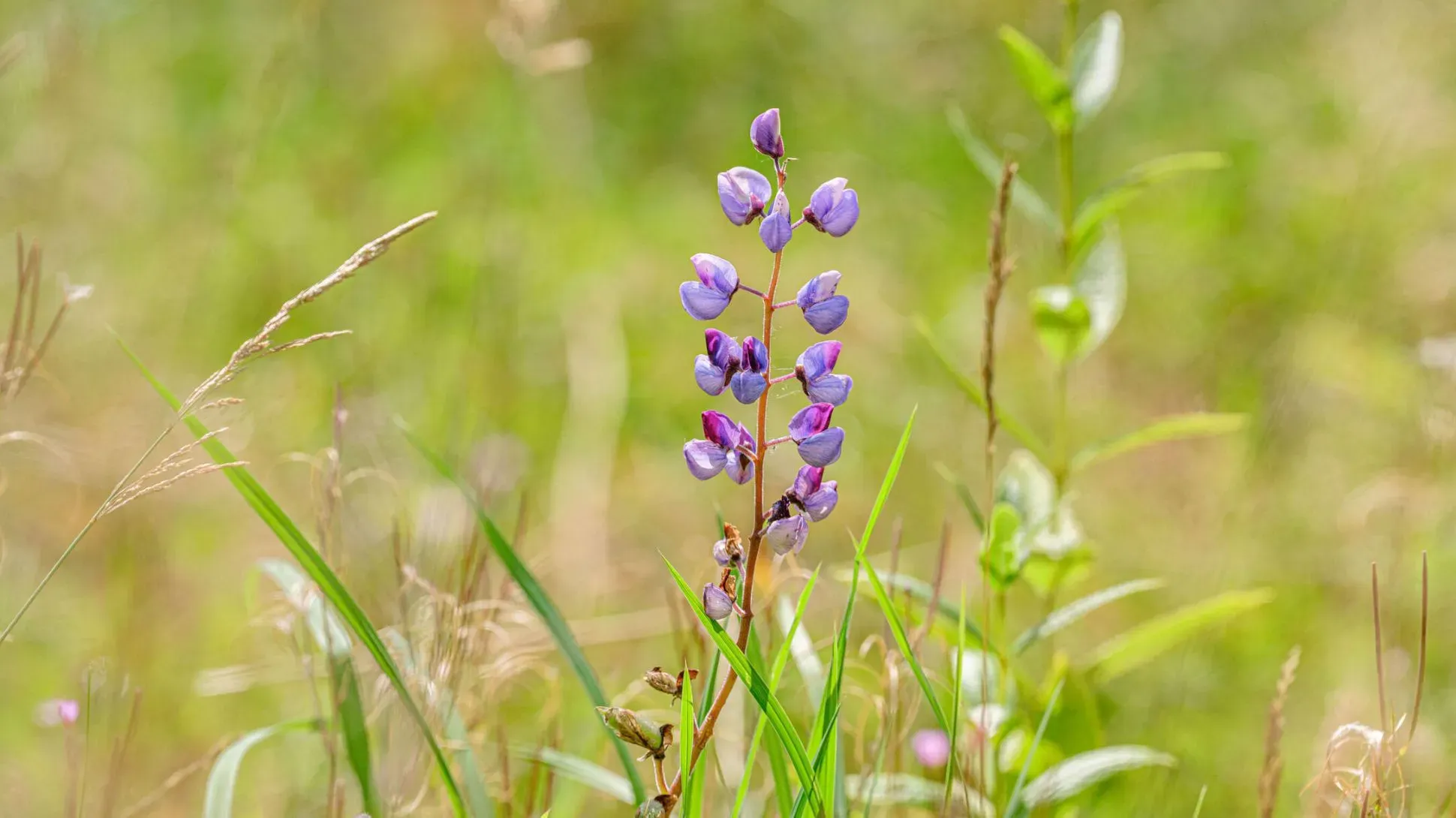
Smooth aster (Symphyotrichum laeve)
This late bloomer offers beautiful sky-blue flowers in early autumn, just when most of the garden is winding down. It’s great for pollinators and enjoys loamy or chalky soils. Divide every few years in spring and give it a light trim after flowering for a neater finish.
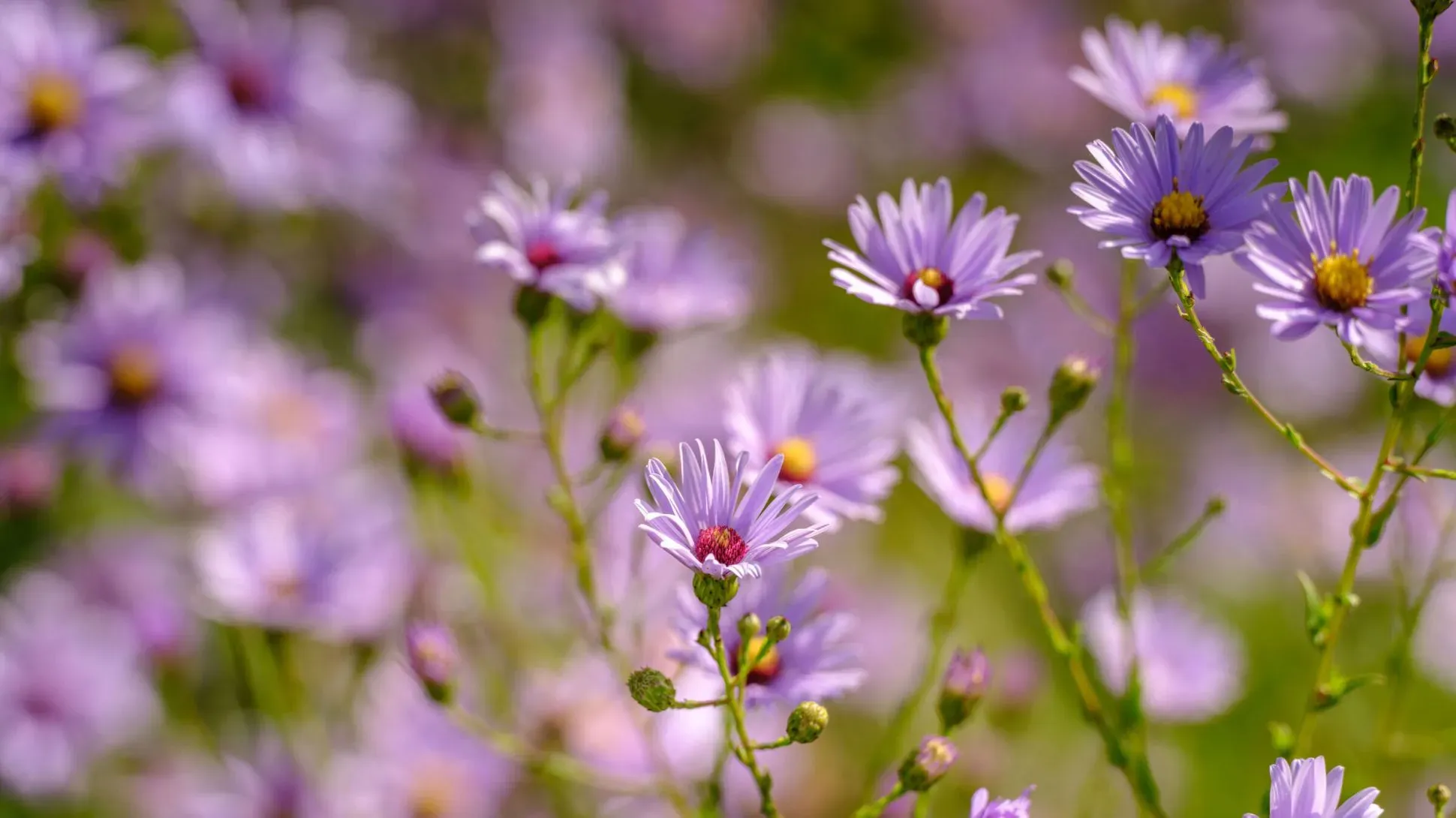
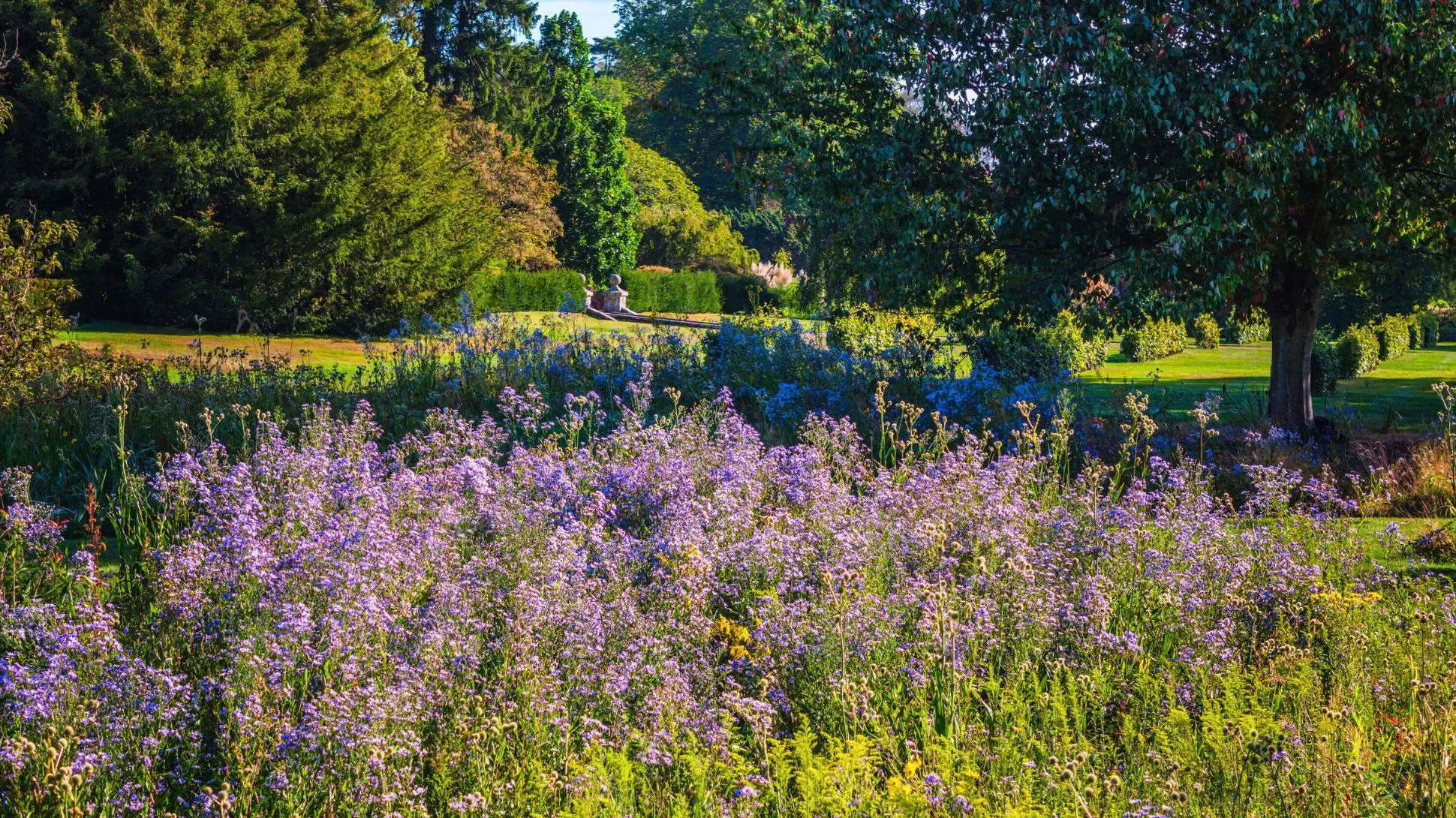
Rattlesnake master (Eryngium yuccifolium)
This evergreen plant in the carrot family has bold, spiky globes and silvery, strappy leaves. It thrives on neglect, loving poor, dry soils and needing hardly any water once established - ideal for low-maintenance spots.
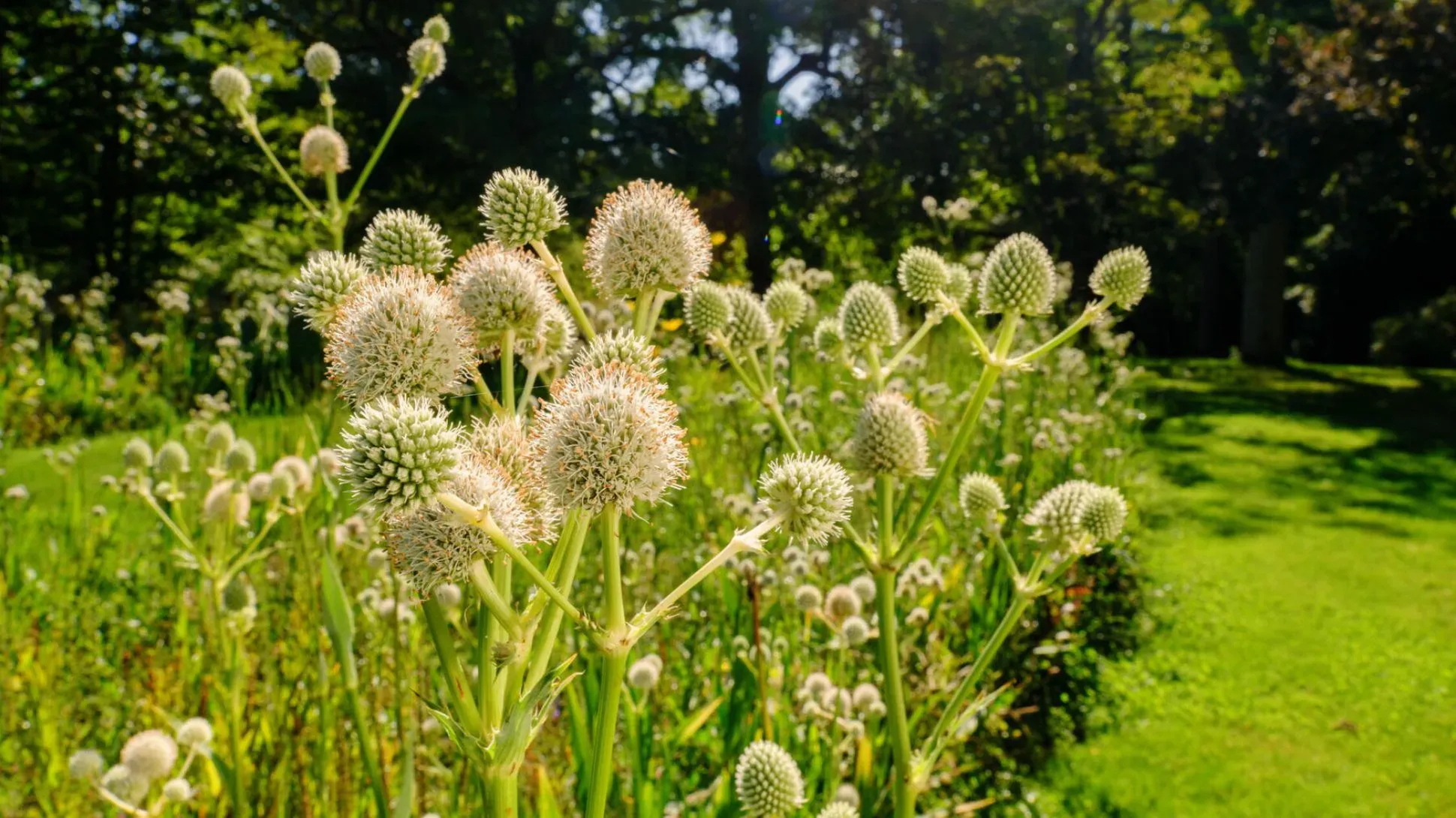
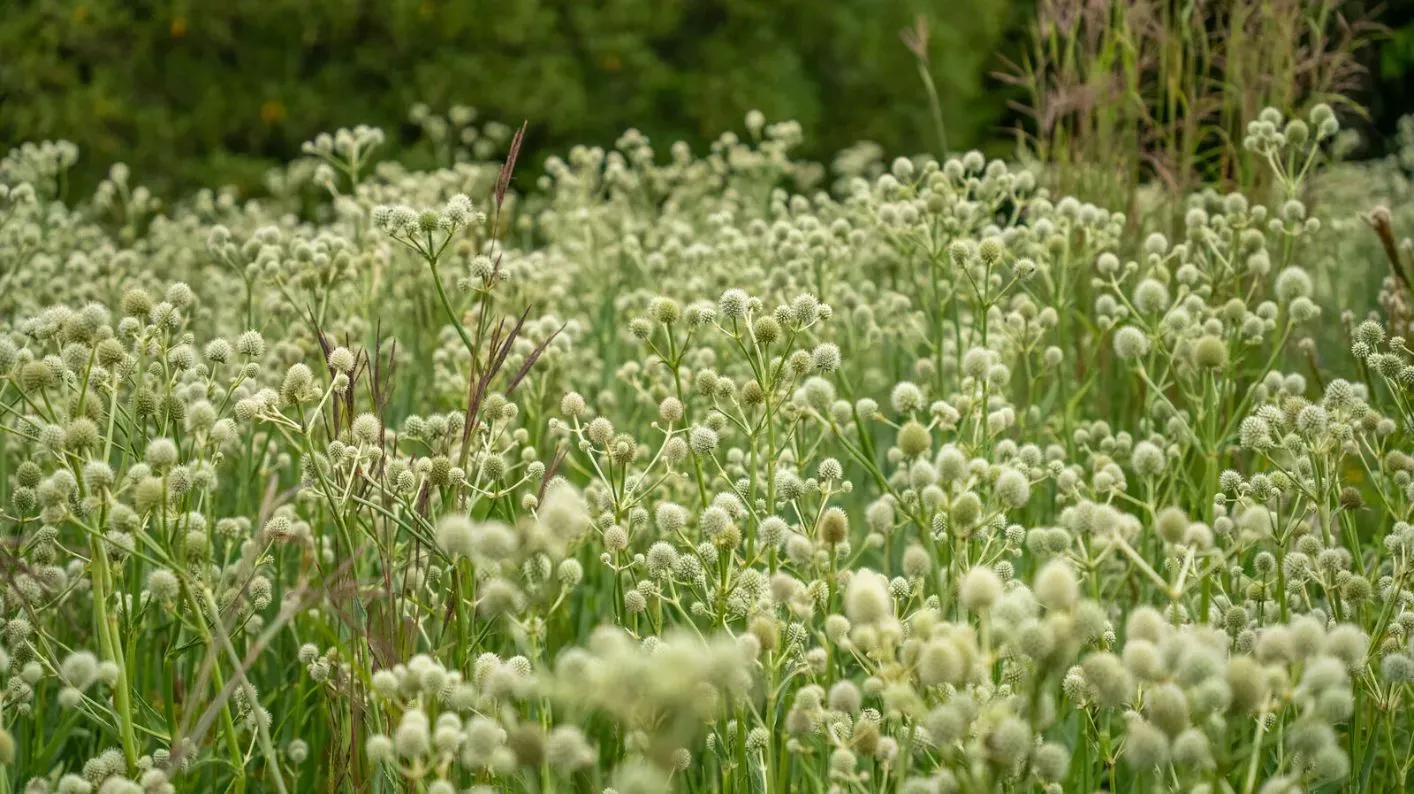
Bee balm (Monarda)
These bright purple flowers are particularly attractive to bees and butterflies. Providing an almost firework-like display, spot their pops of colour amongst the prairie greenery.
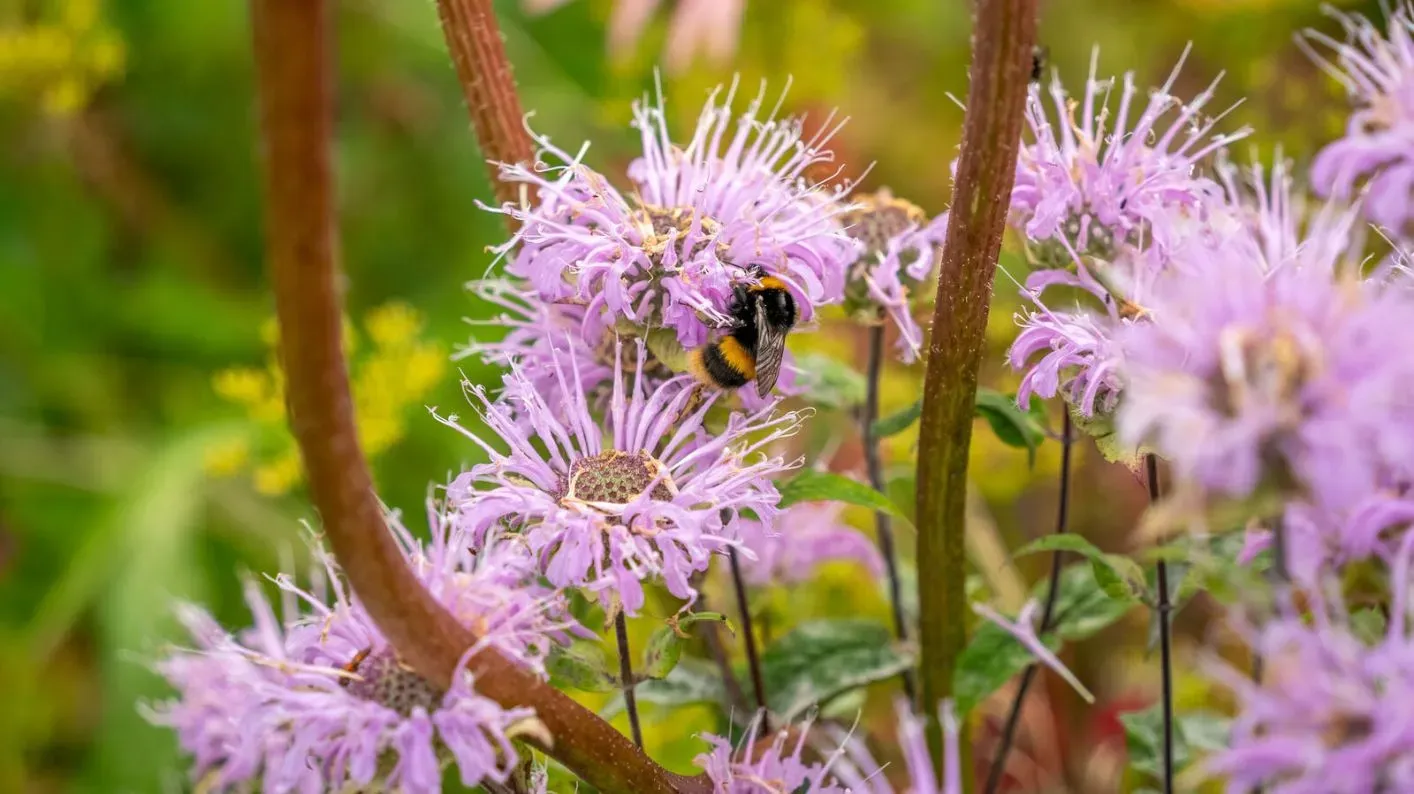
Visit our American Prairie this summer, and see how many species you can spot - amongst many others. You'll also find handy informative panels telling you a little more about the species, to gain a deeper understanding into this diverse ecosystem.
